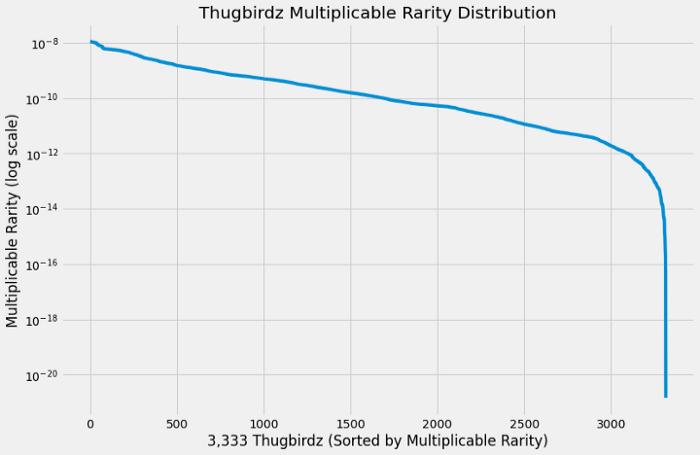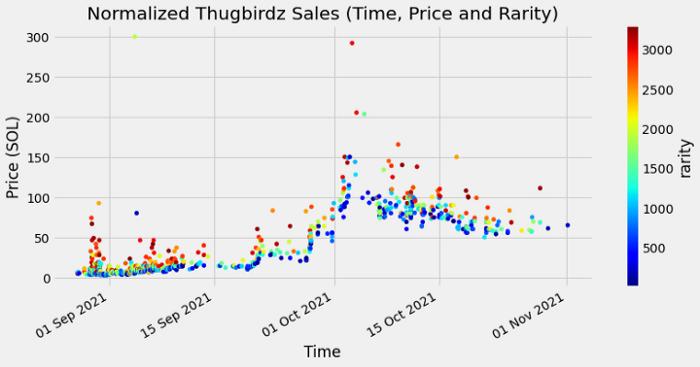How to Value NFT Collectibles? A Model Based on Rarity and Price Discovery
Author: Beichen, Lian Chaguan
GooseFX is a complete DeFi platform based on Solana, featuring sections like exchanges, tokenized stocks, and NFTs.
GooseFX is currently developing a model for NFT valuation, which, if effective, could boldly create lending and even perpetual contracts around NFT collectibles.
PFP, or profile picture, is currently the main focus of speculation in the NFT market.
For holders, owning PFP assets is not only a form of investment but also a way to build personal brand and reputation.
However, due to the characteristics of NFT collectibles, it is difficult for NFTs to be widely applied like homogeneous products, aside from trading for liquidity.
GooseFX has attempted to value NFT collectibles, primarily focusing on the rarity score of NFTs.
For example, each antique vase is unique, and in the auction market, no one knows the final hammer price, but that doesn’t mean there isn’t a relatively accurate range for that price.
To an outsider, this is a one-of-a-kind antique vase.
But to an expert, this antique vase can be broken down into many dimensions such as age, shape, and degree of damage, each with its corresponding value, and all these dimensions together constitute the value of the antique vase.
Of course, GooseFX's analytical model is more data-driven.
Taking a new NFT series on Solana—Thugbirdz—as an example, GooseFX constructed a multiplicative rarity score for the collection and tested its modeling degree against the relative sale prices within the collection.
Thugbirdz was released in August 2021, with a supply of 3,333. The initial issue price for the first 1,111 birds was 1 SOL, the next 1,111 birds were 2 SOL, and the final 1,111 birds were 3 SOL.
After launch, the prices of these birds soared, with some even exceeding 200 SOL.
Each bird has different characteristics, and each characteristic has different rarity.
For example, 90% of the birds have normal skin color, 5% are aliens, and 5% are zombies. For instance, 90% of the birds are black, 5% are red, 3% are gold, and 2% are cyan.
There are also other rare features, such as smoking, necklaces, piercings, tattoos, and headgear. There are even non-visual traits like "favorite rapper."
GooseFX's approach is to collect the rarity of Thugbird characteristics and multiply these rarities to construct a multiplicative rarity score.
Let’s take a look at the multiplicative rarity distribution of all 3,333 birds:

Note how the logarithmic multiplicative rarity almost follows a straight line until the birds with the rarest combinations of traits take off in rarity.
Let’s plot the NFT purchases since minting, with the color of each point representing its rarity ranking.

It is evident that there is a clear connection between rarity and the market valuation of birds in the NFT space, where birds with lower rarity rankings are most often sold at the floor price, while rare birds are sold at higher prices.
We also see some exceptions where less rare birds are sold at high prices, while rare birds are sold closer to the floor price.
By studying these scenarios, we can also observe how NFTs have become more common over time compared to the rarest NFTs, with higher prices being impressive.
The last point can also be explained by the general decline in liquidity for higher-priced NFTs. Or perhaps the holders of rare NFTs do not want to sell their birds.










